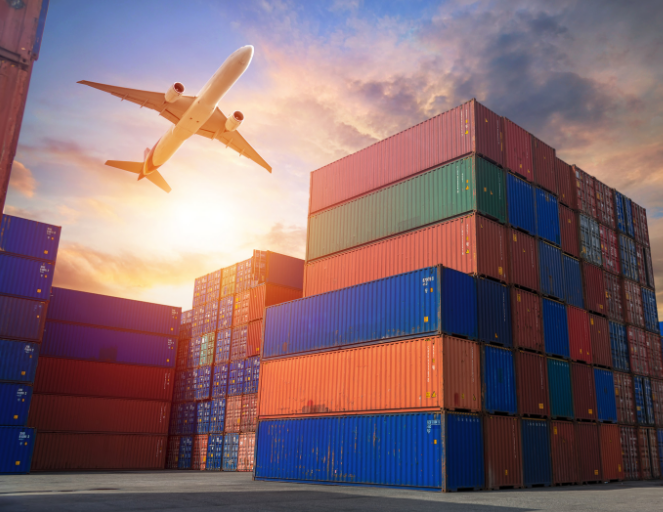In response to high commodity prices and the risk of further price increases, firms should consider ways of managing high input costs that go beyond passing costs through to the customer. Instead, explore ways to reduce supply chain inefficiencies, such as packaging optimization to lower shipping costs. Firms might also consider shifting product offerings toward a focus on higher-value, higher-margin goods.

Overview
Across a variety of commodities and inputs, cost pressures are set to remain high through the first half of the year. Some inputs, including copper and iron ore, have already seen price pressures ease considerably in the last several months. Others—including shipping and most agricultural commodities—face the risk of further price increases in the next quarter and will almost certainly face historically high costs for at least several more months.
Our View
Global container shipping snags will continue throughout 2022, as the logistics industry struggles to adjust to an unprecedented increase in global merchandise trade flows since mid-2020. Although we expect global demand for goods to ease gradually over the course of 2022, the spread of the Omicron variant will contribute to global labor shortages, factory shutdowns, and reduced trade and transportation capacity. Industry consolidation in global shipping means that price pressures may only ease gradually even once acute virus-related challenges have faded. Although oil prices are unlikely to see major spikes due to a balanced risk outlook, questions around output capacity will keep prices high for much of 2022. We forecast Brent oil prices to average US$ 80 per barrel in 2022. Natural gas faces strong near-term price pressures due to Europe’s tenuous supply outlook.
Prices for agricultural commodities are also likely to continue rising in the next several months, as low output of key staples (wheat, corn, soybeans) in Brazil, Canada, and Russia along with high dry bulk shipping prices are compounded by natural gas shortages, which have driven a decline in fertilizer production.
At FrontierView, our mission is to help our clients grow and win in their most important markets. We are excited to share that FiscalNote, a leading technology provider of global policy and market intelligence has acquired FrontierView. We will continue to cover issues and topics driving growth in your business, while fully leveraging FiscalNote’s portfolio within the global risk, ESG, and geopolitical advisory product suite.
Subscribe to our weekly newsletter The Lens published by our Global Economics and Scenarios team which highlights high-impact developments and trends for business professionals. For full access to our offerings, start your free trial today and download our complimentary mobile app, available on iOS and Android.

